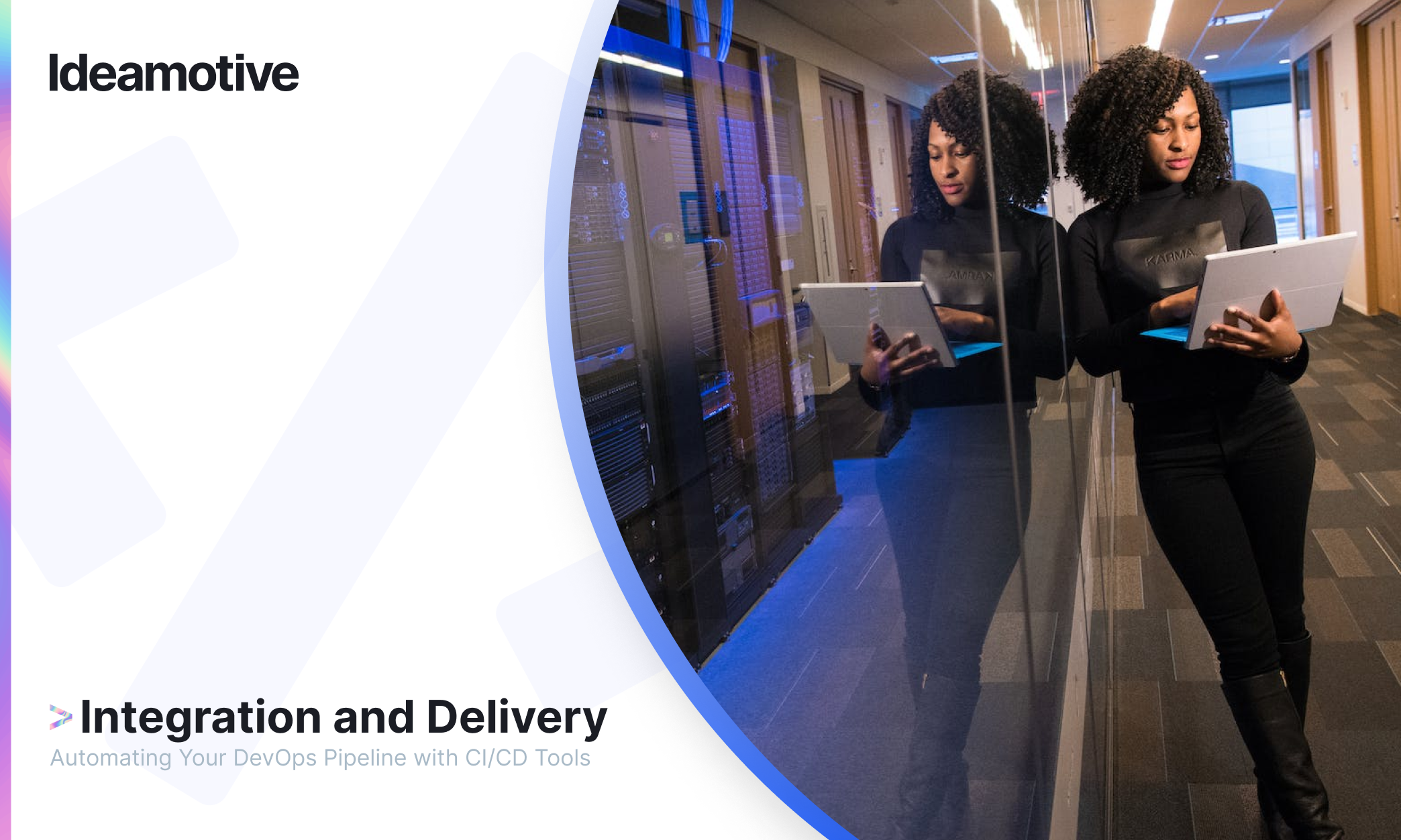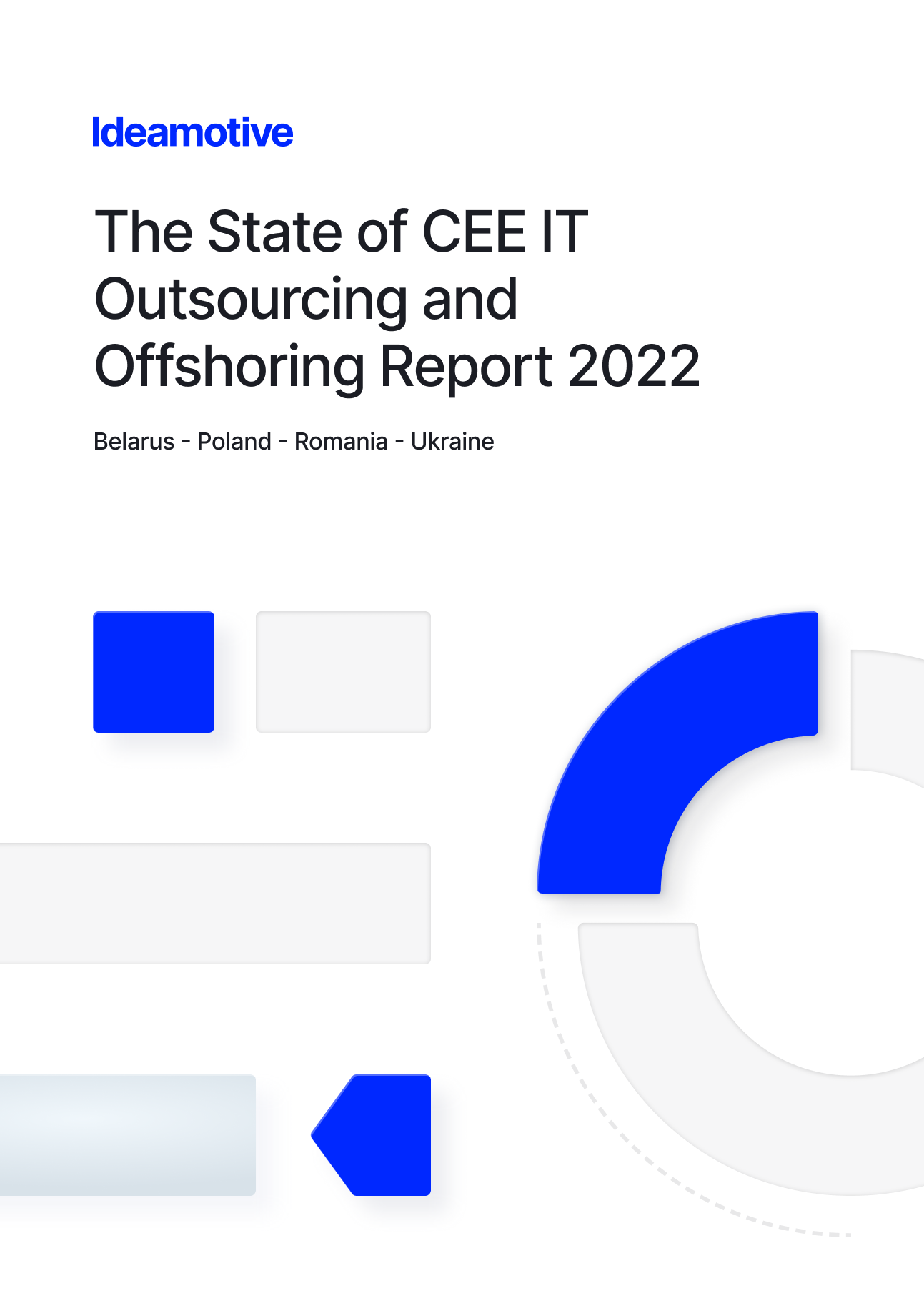The software development market is growing rapidly as businesses increasingly rely on technology to run their operations.
According to Statista, revenue in the global software market is projected to reach 650 billion in 2023, with the largest segment being the enterprise software market. In tandem, global consumer spending on mobile apps in the fourth quarter of 2022 was 68.7 billion USD.
With a profitable and expanding software market available to exploit, companies seeking to develop and sustain software applications must establish a competitive edge. One of the critical components to do so is automating their DevOps pipeline with Continuous Integration (CI) and Continuous Deployment (CD) tools.
CI/CD pipeline tools enable organizations to build, test, deploy, monitor, and maintain their software applications faster by automating and streamlining the DevOps process. With a more efficient DevOps pipeline, organizations can release new software faster with reduced errors and increased quality to gain a competitive advantage.
In this article, we’ll cover the components of a DevOps pipeline, what CI/CD is, and how CI/CD makes the pipeline more efficient. Then, we’ll give an overview of the popular CI/CD tools in the market and how to build a DevOps pipeline with these tools.
Components of a DevOps pipeline
“DevOps” is a combination of the words “development” and “operations”. As the name implies, the DevOps pipeline involves the development (dev) and operations (ops) teams.
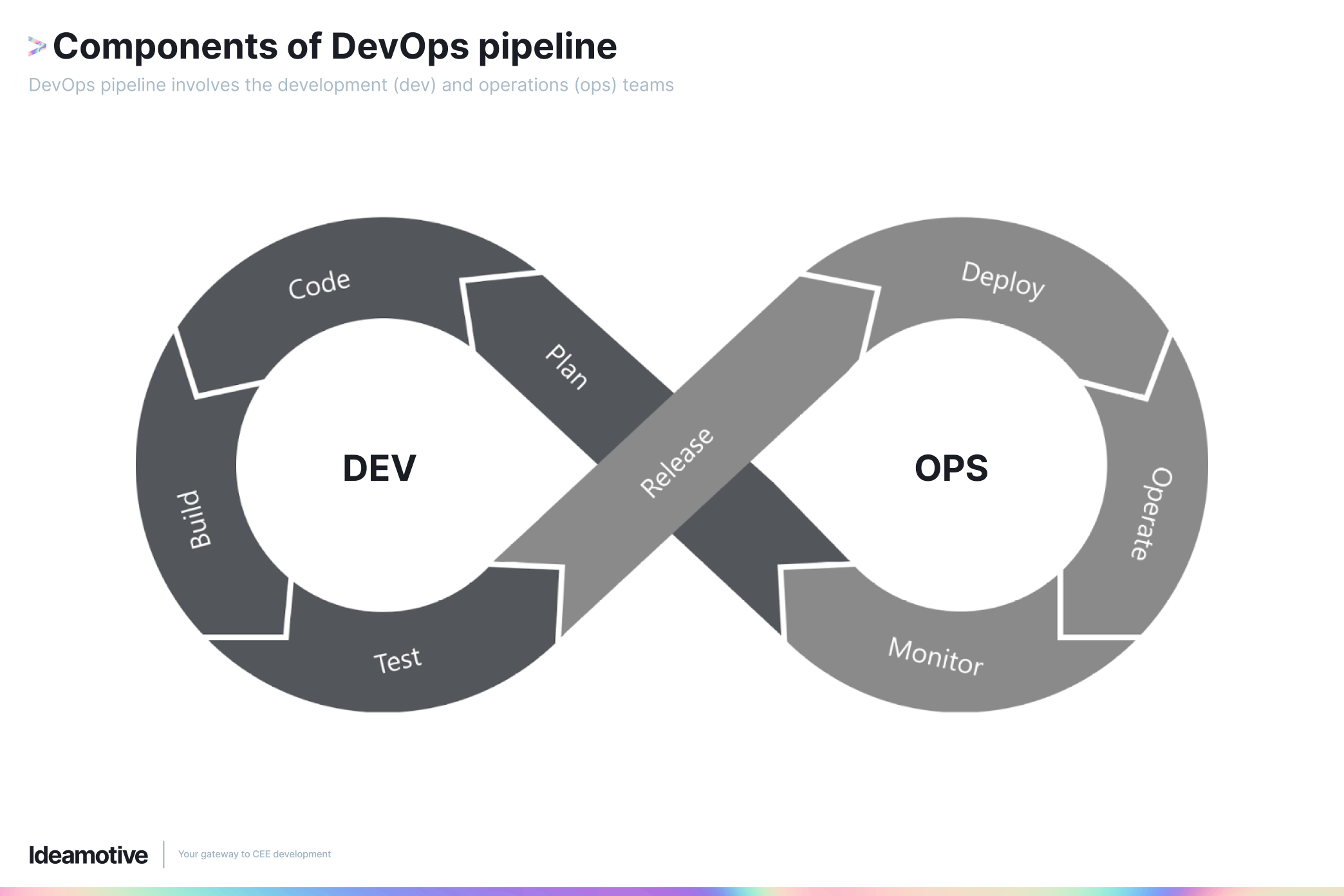
A streamlined DevOps pipeline seeks to create a culture of collaboration, automation, and communication between the two teams to improve software delivery speed and quality.
Typically, the DevOps pipeline is a set of eight steps, the first four of which fall into the development stage and the final four under the operations stage.
Development Stage
- Plan
This stage includes deciding the features to build based on consumer and market research. It also includes determining user flows and how to build the software.
- Code
The next step is writing the code. This step also involves creating the necessary infrastructure, including a version control system that allows collaboration with a master source code repository of all historical changes.
- Build
After coding the program, it is constructed in a simulated environment to enable testing and bug resolution.
- Test
In addition to UI/UX performance testing to ensure the software meets the identified consumer needs, the software is also tested for any bugs or issues that come up when using it.
Operations Stage
- Release
At this stage, the project is ready to be built into the production environment. This is also the last stage to check for vulnerabilities and bugs before deployment.
- Deploy
Once deployed, end-users and consumers can access the software.
- Operate
Here, the operations team mainly rely on automation to configure and manage the project in the production environment.
It is important to have a stable, reliable, and performant production environment. Doing so can boost customer satisfaction, revenue generation, and reputation management and allow for continuous software improvement.
- Monitor
This stage includes recording results, monitoring user behaviour and response, gathering customer feedback, and overall product success.
It is important to note that the pipeline is not finite. Rather, it loops back to the development stage for continuous improvement.
Streamlining the DevOps pipeline
To streamline the DevOps pipeline, two critical components are required:
- Source control
Also known as version control, this practice tracks and manages changes to software code or other files in a structured and organised manner.
Using a version control system, a developer team can store and manage multiple versions of a project’s source code. This makes it easy for multiple developers to collaborate on building new code and rolling back to previous versions if necessary.
- Automation testing
At the heart of automation testing is the CI/CD pipeline. CI/CD tools can execute tests on a software application or system automatically, so developers no longer have to do it manually.
In the next sections, we’ll dive deeper into understanding CI and CD and why it is critical to implement them in the DevOps pipeline.
Understanding Continuous Integration (CI)
Before the advent of CI practices, multiple developers working on the same software could be working on building the code for their assigned tasks or branches separately. Once their work was complete, they would integrate their code into the source code repository.
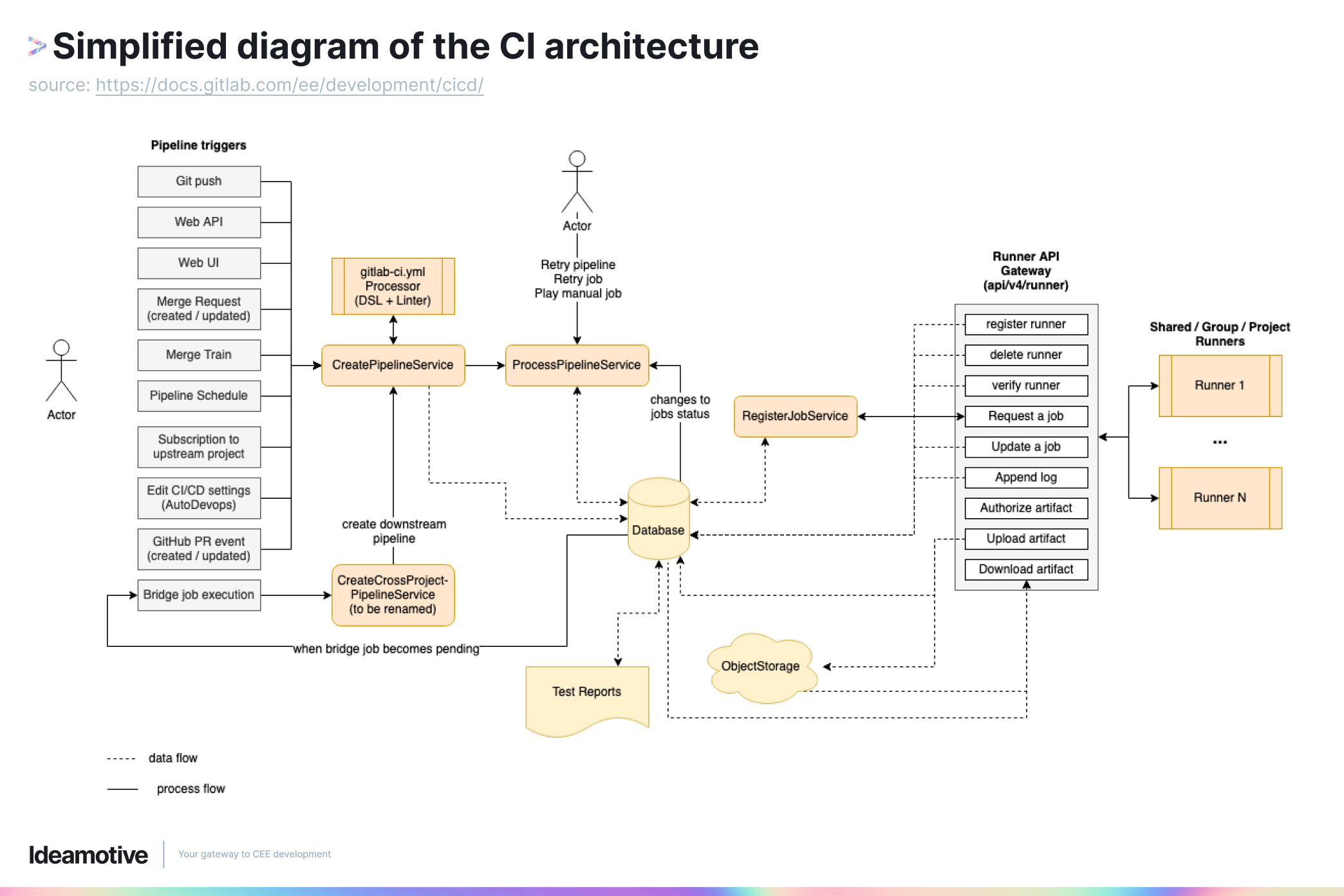
This manual process was tedious and made the entire DevOps pipeline prone to conflicts, bugs, and delays.
With CI tools, developers can commit their code more frequently into the version control system that hosts the master source code. Integrated CI tools will then run automated build and unit tests. After running the tests, the server would return a success or failure message to the developer.
If it fails, the developer is alerted to iterate the code. If the code passes all the automated tests, the code is merged into the version source control and is ready for deployment.
Thus, integrated CI tools and automation testing help streamline the DevOps pipeline by:
- Preventing human error from introducing bugs into code
- Finding and addressing bugs much quicker
- Reducing the need for manual testing and other repetitive tasks,
- Enabling collaboration to happen with more ease and efficiency
- Increasing productivity
- Improving development speed
- Reducing time to market to gain a competitive advantage
- Helping the development team deliver updates more frequently
With integrated CI in the DevOps pipeline, developers can additionally implement the best practices of continuous monitoring and continuous feedback during the building and testing phase of software development.
- Continuous monitoring:
This is the automated collection of performance and usage data in real-time. Developers can respond to issues or identify areas for improvement.
- Continuous feedback
Continuous feedback is automated feedback specific to code quality, from code style to error detection, test coverage, and more.
Understanding Continuous Delivery (CD)
Once the code has been tested and validated in the CI phase, it is ready to be released to operations for production. Traditionally, this process was manual and error-prone, with developers manually copying files, running scripts, and making configuration changes.
CD relies on several automated processes and tools to make delivery fast and reliable. These automated processes also encourage a culture of experimentation and iteration, where developers can make changes to the software and quickly see the results of those changes in production.
Automating CD in the DevOps pipeline helps developers to:
- Release code changes to production quickly with minimal risk of errors or downtime
- Quickly and reliably deliver updates and new features to customers
- Respond quickly to changes in the market, customer feedback, or new business opportunities
- Spend less time worrying about manual deployment tasks
- Focus on creating value for their customers
Similar to automating CI, integrating automated processes for CD in the DevOps pipeline help developers implement the best practices of continuous testing and continuous operations during the software development process.
- Continuous testing
Continuous testing is a key prerequisite for continuous monitoring. With CD tools, developers can automate tests at different stages of the development process. This includes small tests that run whenever a change is made, bigger tests to check that everything is working together, and tests to check that the product works as a whole.
- Continuous operations
Continuous operations allow code to be updated without maintenance downtime for the customer. For example, when CI/CD is automated in a “blue/green” strategy, developers can test new code in the “green environment” hidden from the end user.
Once all the automated tests confirm that everything works correctly, they deploy the changes to the “blue environment”, which the end-user can access. Thus, this enables continuous operations where customers can continue using a service without interruption.
CI/CD tools for DevOps pipeline automation
Let’s now do a quick overview of some popular CI/CD tools for DevOps pipeline automation.
- Jenkins
A source automation server, Jenkins boasts hundreds of plugins to help developers build, test, and deploy code quickly. They position themselves as a powerful and flexible CI/CD pipeline automation system because its high number of plugins allows for easy integration with other tools.
Bottom line: Jenkins is ideal for developer teams that want complete control over their CI/CD pipeline.
- Travis CI
A hosted CI/CD platform designed to build, test, and deploy. They support a wide range of programming languages and frameworks. Known for its simple and intuitive interface for setting up builds and deployments, Travis CI claims that it requires approximately 33% less code than other CI/CD tools.
Bottom line: Travis CI is an ideal choice for small to medium-sized organisations wanting to develop and scale faster.
- Circle CI
Also known for its simplicity and ease of use, Circle CI provides a straightforward configuration process and supports a wide range of programming languages and frameworks. It also boasts being extensible and flexible, with hundreds of reusable configurations to integrate with other tools.
Bottom line: Circle CI is the perfect choice for developers that want a fast and reliable CI/CD pipeline without the need for complex configurations.
- Azure DevOps
The distinctive feature of Azure DevOps is that it provides an end-to-end solution for managing the entire software development lifecycle, including code repositories, build and release pipelines, and project management tools.
Bottom line: Azure DevOps is the ideal choice for organisations that want a complete and integrated solution for their software development needs.
Here’s a quick comparison of these CI/CD pipeline automation tools:
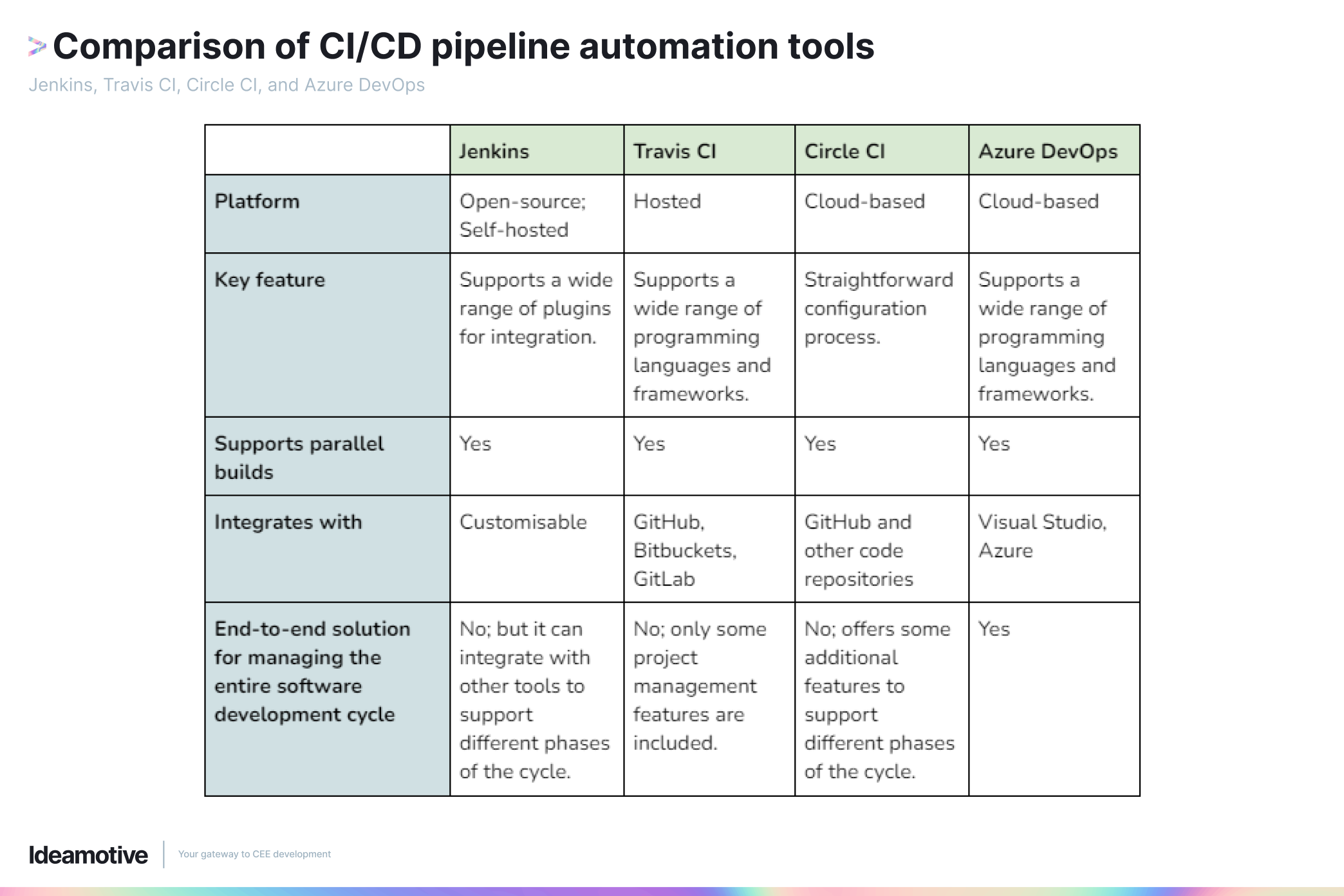
5 Steps to build a DevOps pipeline using CI/CD tools
Are you ready to leverage automation testing? Here’s how to build an effective, streamlined DevOps pipeline with CI/CD tools:
Step 1: Plan
Define your goals and requirements, including the criteria for the different stages of your pipeline and moving code between stages.
Step 2: Choose a CI/CD framework
Choose a CI/CD framework that best meets your requirements, developers’ team needs, and organisational goals.
Step 3: Set up the source code repository
Set up the source code repository with the appropriate branching and merging strategies to support the pipeline stages. Some popular options to set this up include Git, Subversion, and Mercurial.
Step 4: Configure the build automation
Configure the build automation tool so that it is integrated with the source code repository to automatically trigger a build, test, and deploy sequence when code changes are detected.
Step 5: Set up the production environment
Configuration tools such as Ansible, Chef, or Puppet can be used to manage the infrastructure and ensure a stable production environment for a smooth and reliable deployment process.
Conclusion
Automation testing with CI/CD pipelines can be a real game-changer for development teams. It allows them to iterate quickly and efficiently, leading to improved customer satisfaction and faster delivery of software products.
With a more efficient and streamlined DevOps pipeline, DevOps engineers can build fast and test fast, saving them lots of time and reducing error-prone manual tasks.
If you want to expand your team with qualified DevOps engineers who can streamline and improve your software development pipeline with CI/CD tools, learn more about our staff augmentation services here.
